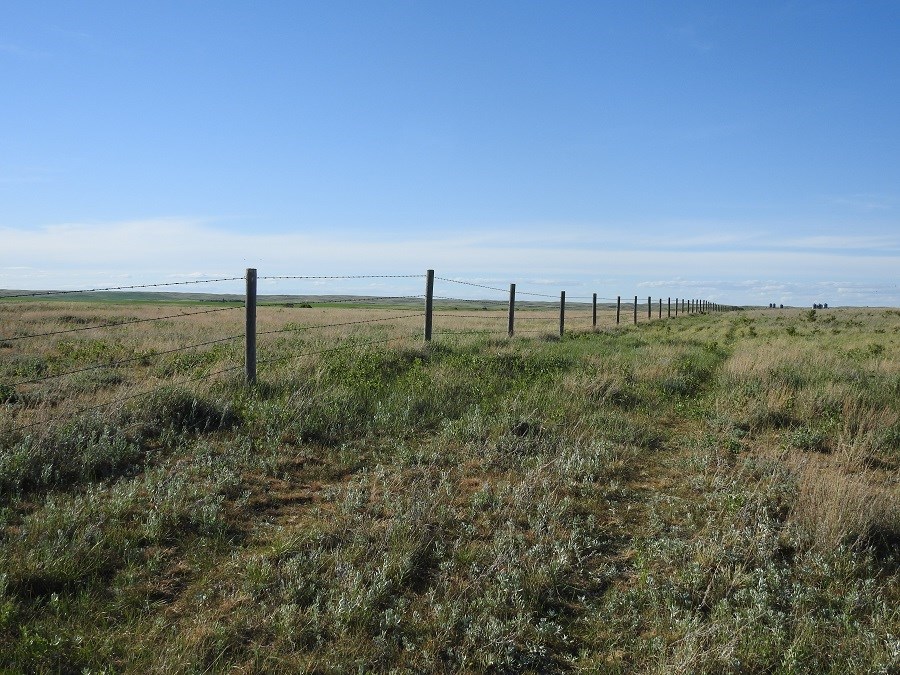Most areas of the northeast region received rainfall over the June 15 to 21 period.
Most of the rain was welcome, but farmers in some areas did report that they did not receive enough to improve the moisture conditions of their soils. Areas around Spruce Home received the highest amount of rain in the region this week, with some crop reporters receiving 32 mm. The Garrick area received 15 mm, the Melfort area 10 mm, the Nipawin and Arborfield areas eight mm and the Vonda area five mm.
Moisture conditions have slightly decreased this week, with less land rated as adequate and more rated as short or very short for moisture. Crop land topsoil moisture is rated as nine per cent surplus, 68 per cent adequate, 22 per cent short and one per cent very short. Hay and pasture land topsoil moisture is rated as eleven per cent surplus, 69 per cent adequate and 20 per cent short.
Most of the crops in the northeast are behind to normal in their development stage. The cool temperatures in spring have slowed down growth in many areas. Warm temperatures and sunshine are desired to help speed up crop development.
Regionally, 68 per cent of the fall cereals,79 per cent of the spring cereals, 65 per cent of the oilseed crops and 83 per cent of the pulse crops are at their normal stages of development for this time of year. Fourteen per cent of the fall cereals, 14 per cent of the spring cereals, 30 per cent of the oilseed crops and nine per cent of the pulse crops are behind in crop development.
Farmers are busy in-crop spraying, moving cattle out to pasture and starting to think about haying. There were reports of hard frost at the end of the week and crop damage is expected to be severe in some areas. Flea beetles were also an issue in the region, causing damage to newly-emerged canola that had just been reseeded.
The Northeastern crop report, provided by the provincial government, covers Hudson Bay, Tisdale, Melfort, Carrot River, Humboldt, Kinistino, Cudworth, Aberdeen, Prince Albert, Choiceland and Paddockwood areas.
Ìý
East Central Saskatchewan
The region did not receive much rain over the June 15 to 21 period except for north-east of Yorkton which saw 32 mm around the Rhein area. The Rama area reported eigh mm, the Kenaston and Ituna areas seven mm and the Humboldt area five mm. With the exception of the Rhein area, not enough rain was received to make a positive change to the soil moisture conditions in the region.
Moisture conditions regionally have slightly decreased over the past week. Crop land topsoil moisture is rated as 55 per cent adequate, 37 per cent short and eight per cent very short. Hay and pasture land topsoil moisture is rated as 40 per cent adequate, 47 per cent short and twelve per cent very short.
Due to the absence of good general rains, many producers indicated that hay and pasture growth has been affected by the minimal soil moisture. Cool temperatures in the early spring into summer have also slowed crop, hay and pasture development. Most of the region, especially areas that did not receive substantial rain, are hoping for less wind, more precipitation and warmer temperatures to support later-seeded crops and improve pasture conditions.
Regionally, 61 per cent of the fall cereals, 80 per cent of the spring cereals, 65 per cent of the oilseed crops and 90 per cent of the pulse crops are at their normal stages of development for this time of year. One per cent of the fall cereals, 16 per cent of the spring cereals, 32 per cent of the oilseed crops and 17 per cent of the pulse crops are behind in crop development.
Farmers are busy spraying herbicides and insecticides, and scouting for insects and disease. Areas that had been damaged by flea beetles are now reseeded and will hopefully catch up to the rest of the crop quickly. There are reports of minor to severe damage on canola due to frost over the weekend.
The East Central crop report, provided by the provincial government, covers Watrous, Melville, Yorkton, Cupar, Kamsack, Foam Lake, Preeceville, Kelvington, Lumsden, Craik and Clavet areas




